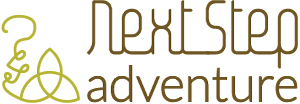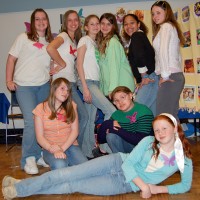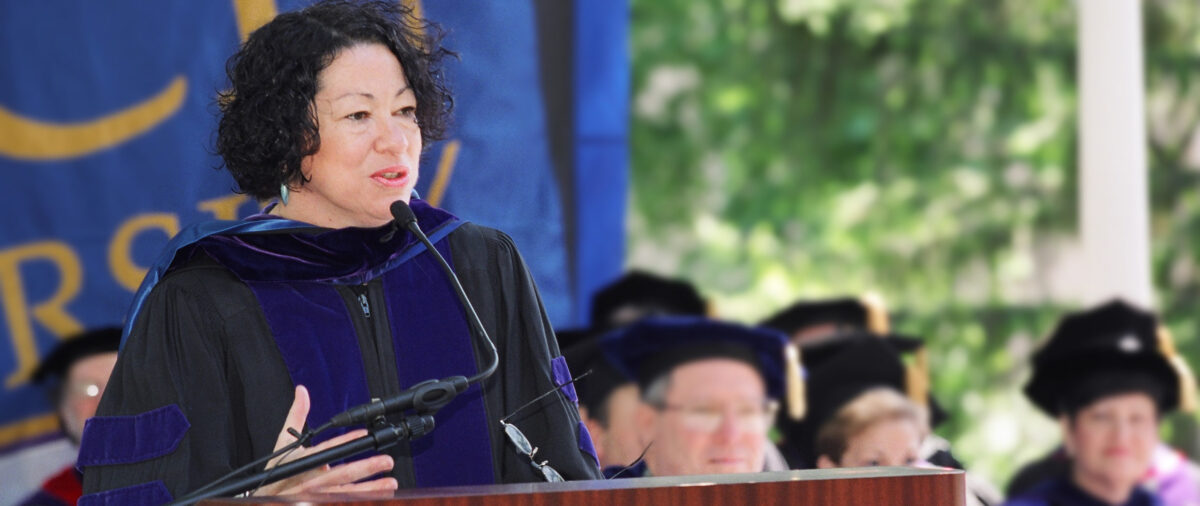Bust the Cliques
Cliques, gossip, put downs and relational aggression continue as difficulties for the girls’ groups. On the spring survey, about half the girls said gossip and put downs happen at least sometimes in their groups, and only about half the girls say they are stopped when they do happen.
In 2007, I worked with a small group of 7th grade girls at Brody Middle School to put together a video about cliques. One of the things the girls learned when they interviewed their teachers and counselor, was that adults have cliques too. When we played Group Juggle yesterday, people dealt with “gossip” by putting it in their pockets or throwing it on the floor so it wouldn’t interfere with the real work of the group. The real life parallel would be not passing it along or confronting the gossip with how hurtful it is.
Along with the video, the girls at Brody put together a program for the rest of their Chrysalis After-School Group. Here are some of the components–
- The girls developed this survey to get an idea of what other girls in their CAS group thought about cliques. Mikhaila worked with small groups of girls in the afterschool program to complete it. Then I created this Survey Monkey version and entered their paper surveys; you can complete the survey here. The funny thing is that people around the country complete this survey every once in a while. Find the results here.
- Brianna worked with small groups on sociograms. You can download a PDF of the directions for the Click Mapping activity here.
- Missy facilitated a discussion around the “Circle of Courage” developed by Brendtro, Brokenleg & Van Bockern of the Reclaiming Youth at Risk. Download a PDF of the instructions for the Click Circle of Courage.











